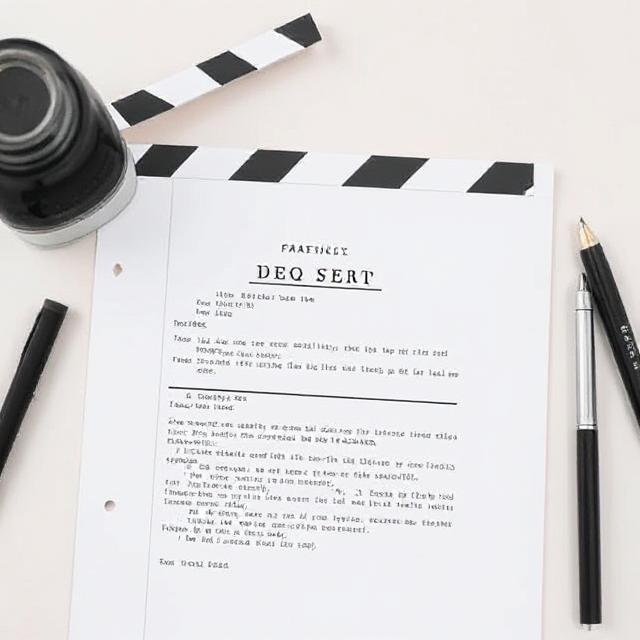
Proper script formatting is essential for screenwriters looking to create a professional screenplay for film or television. A well-formatted script ensures clarity, improves readability, and meets industry standards. Here’s a step-by-step guide on how to format a script for film and TV.
1. Use the Correct Scriptwriting Software
Industry-standard screenwriting software like Final Draft, Celtx, and WriterDuet automatically formats your script according to Hollywood guidelines. You can also use Google Docs or Microsoft Word with proper formatting settings, but screenwriting software simplifies the process.
2. Follow the Proper Script Structure
A screenplay is divided into three main sections:
- Scene Heading (Slugline) – Indicates the location and time of day.
- Action Lines – Describes the setting, characters, and movements.
- Dialogue – Contains character speech and parentheticals for delivery cues.
3. Formatting Scene Headings (Sluglines)
Every new scene begins with a scene heading in ALL CAPS. It includes three elements:
- INT. or EXT. (Interior or Exterior)
- Location
- Time of Day (DAY/NIGHT)
Example:
INT. COFFEE SHOP – DAY
4. Writing Action Lines
Action lines describe what is happening in the scene in present tense. They should be clear, concise, and avoid excessive detail.
Example:
Anna rushes into the coffee shop, scanning the room. She spots Mark at a corner table, nervously stirring his coffee.
5. Formatting Character Names
Character names appear in ALL CAPS above their dialogue.
Example:
ANNA
Did you order for me?
6. Writing Dialogue
Dialogue is centered under the character’s name. If necessary, use parentheticals for tone or action instructions.
Example:
MARK
(smirking)
Of course. Black coffee, no sugar.
7. Using Parentheticals
Parentheticals guide actors on how to deliver a line but should be used sparingly.
Example:
LUCAS
(whispering)
I don’t think we should be here.
8. Formatting Transitions
Transitions like FADE IN, FADE OUT, CUT TO are aligned to the right and indicate scene changes.
Example:
FADE IN:
A quiet street at dawn.
9. Formatting Shot Directions (Optional)
Avoid overusing camera directions unless necessary. If included, they should be in ALL CAPS.
Example:
CLOSE-UP ON Anna’s trembling hands.
10. Page Formatting Guidelines
- Font: 12-point Courier
- Page Margins: 1-inch on all sides
- Dialogue Margin: 2.5 inches from the left
- Scene Headings & Character Names: Always in ALL CAPS
- Script Length:
- Feature Film: 90-120 pages
- TV Drama: 45-60 pages
- TV Comedy: 22-35 pages
